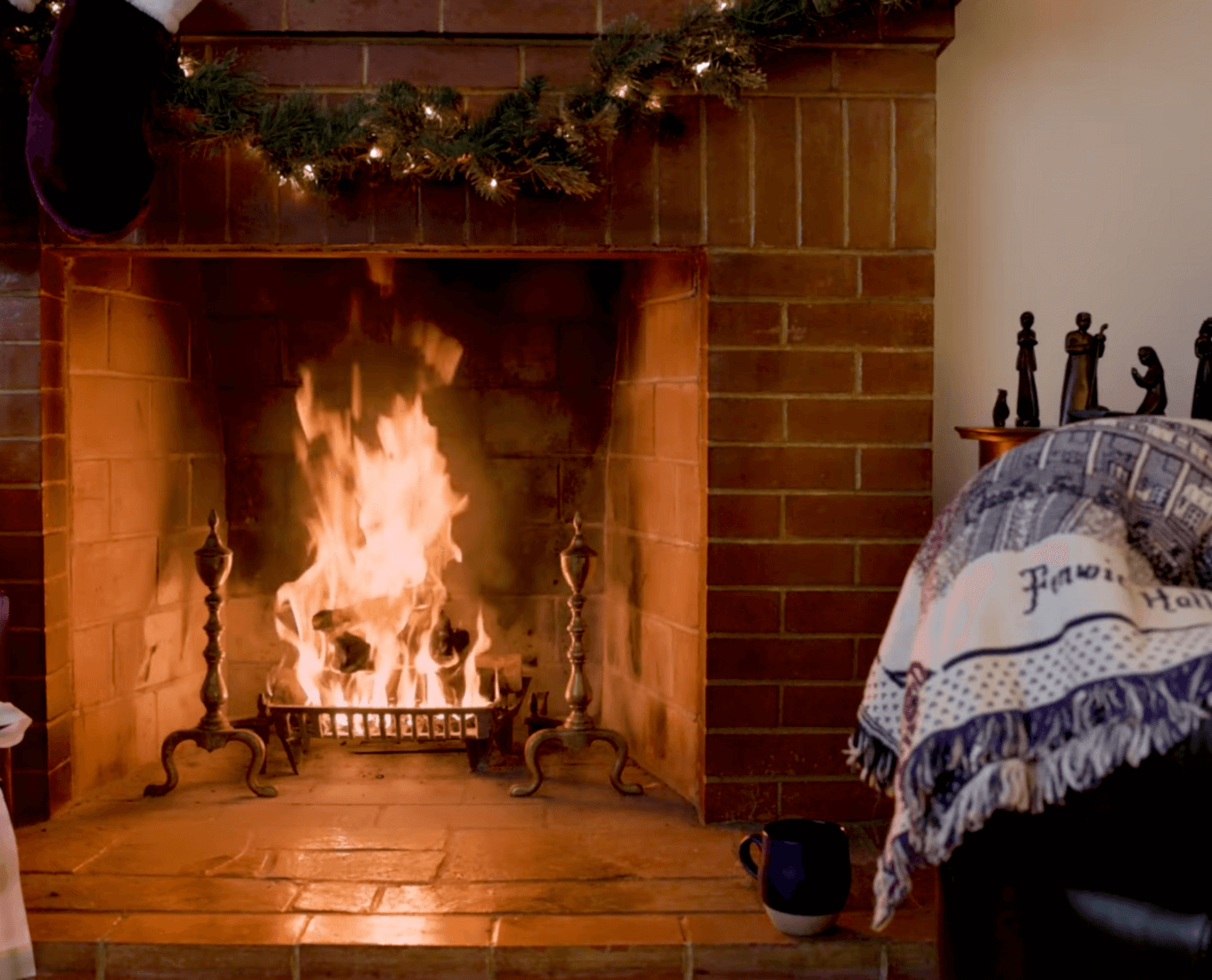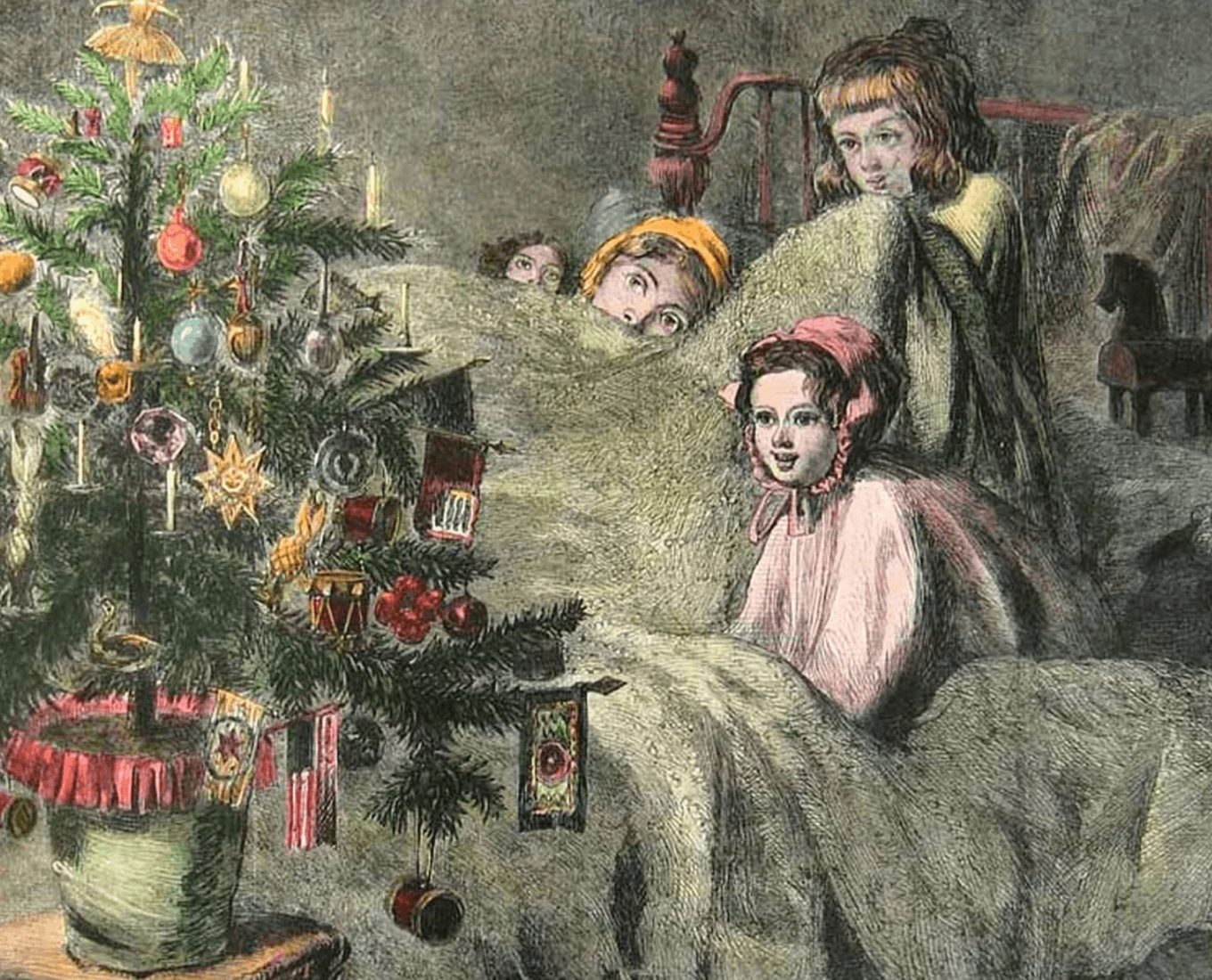Every Friday during the academic year, Holy Cross students have a treat waiting for them at Kimball Dining Hall starting at 7 a.m., the results of hours of work by pastry chef Jordan L’Ecuyer and bakery assistants Laurie Agnitti and Samantha Lucier.
"It's a special treat for the last day of the week," L’Ecuyer says. "It's something the students look forward to."
Produced alongside the baking the team undertakes for the day's three meals, the donuts are an exercise in chemistry, skill and project management.
L’Ecuyer puts on her chef’s coat in her Lower Kimball office before heading to the kitchen to start donut production.
Bakery Assistant Samantha Lucier weighs recipe ingredients before combining them in the industrial mixer.
L’Ecuyer and Lucier check on a batch of apple jelly made from 27 pounds of crab apples collected around campus, primarily from Fitton Field, for use in the week’s specialty donut.
L’Ecuyer and Lucier work together to roll and press two batches of dough with the goal of making approximately 300 to 400 donuts total.
Donut holes are harder to flip in the fryer, so they and the edges from the first press are used in a second press. This second roll comes out tougher and more elastic due to the gluten and are used for specialty donuts that are more cake-like.
Before frying, the donuts go into an industrial proofer to rise. This can take anywhere from 10 to 30 minutes depending on the time of year, temperature and humidity in the kitchen.
Frying is one of the quickest parts of the entire process. The oil is set to 350F and each side cooks for no more than 90 seconds.
L’Ecuyer mixes the glaze while the donuts cool. Glaze needs to be applied while the donuts are still warm enough for it to stick, but not so hot that it will slide right off.
After drying for approximately 20 minutes, the glaze is set and the donuts are ready to be placed on trays and served.


